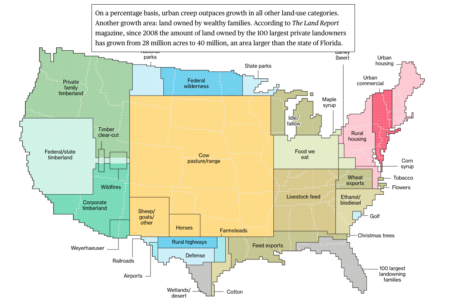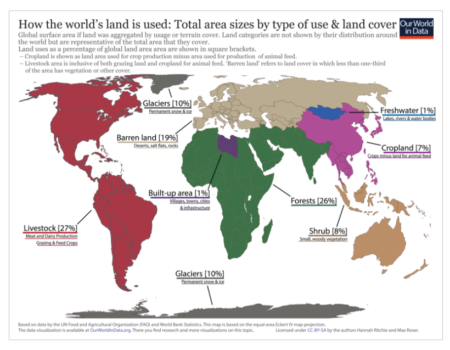Over at Eat This Podcast, Jeremy has just kicked off a month of daily podcasting about wheat and bread. You have only a couple to catch up on, which is easy to do as each episode is only about 5 minutes long. We’ve had Jack Harlan harvesting wild wheat in the Kara Dag and Neanderthals eating porridge so far. I think we’ve got the polyploidy story today. Hang on to your genomes, it’s going to be quite a ride.
Speeding up genetic gains
Gary Atlin, “plant breeder, quantitative geneticist, and consultant,” according to his Linkedin profile, has an interesting series of posts on that social network trying to figure out why varietal turnover is so slow in much of the developing world, and what can be done about it.
Public sector plant breeding programs develop the crop varieties that feed most of the world. These programs need support to modernize and accelerate the rate of genetic gains they deliver to farmers in the developing world. In much of the world, these farmers are using cultivars that are 20, 30, and even 40 years old. These farmers are inadequately protected from the effects of climate change and are not being provided with the tools they need to adapt to intensifying and commercializing cropping systems.
The discussion started about a week ago, and is well worth following. I thought there might be a way to post a thread here, but it looks like you have to actually go to Linkedin to see the posts.
Saving trees
I’m not sure we have ever pointed to the Global Trees Campaign’s set of surveys of ex situ collections. There are individual surveys of ebony, Betulaceae, conifers, Zelkova, Rhododendron, maple, oak and Magnoliaceae, plus “Conserving the World’s Most Threatened Trees: A global survey of ex situ collections.” This came out in 2015 and includes a bunch of crop wild relatives.
Feedlots
Absolutely clear about ABS
Are you a germplasm user? Are you confused about which ABS arrangement applies to you? The International Seed Federation has got you covered, with its Genetic Resources Interactive Tree (GRIT).
Unfortunately, it will only take you so far:
Please note that the Genetic Resources Information Tree (GRIT) does not provide a turnkey solution, and each user will have to check the national legal requirements accessing a genetic resource in a given country.
But I guess it’s a start.
Incidentally, one of the possible sources of germplasm on GRIT is the CG Centres, and most of their distributions are done with the SMTA of the International Treaty. Most, but not all, as a new paper makes clear. ISF, please take note…


